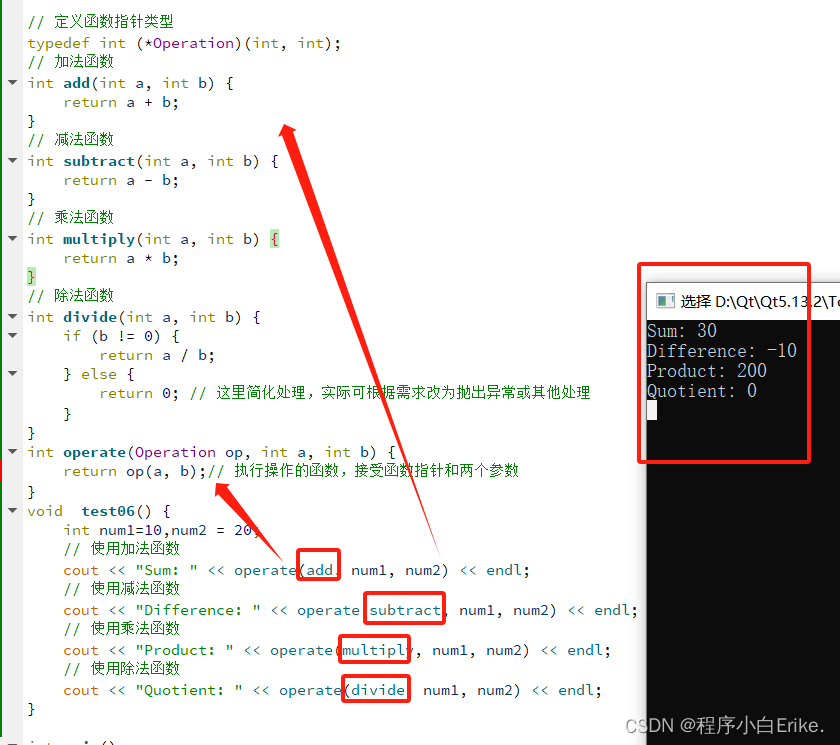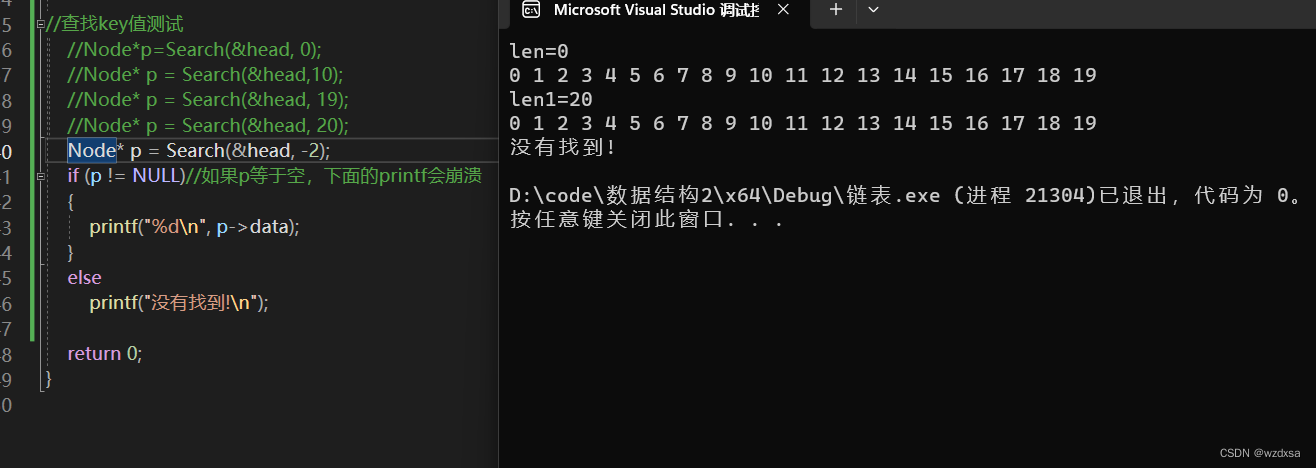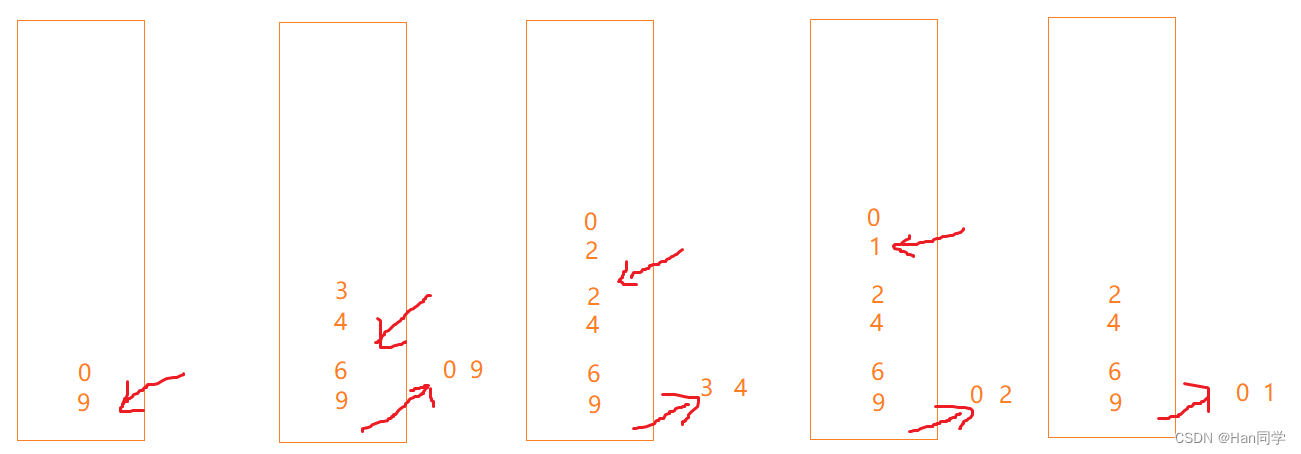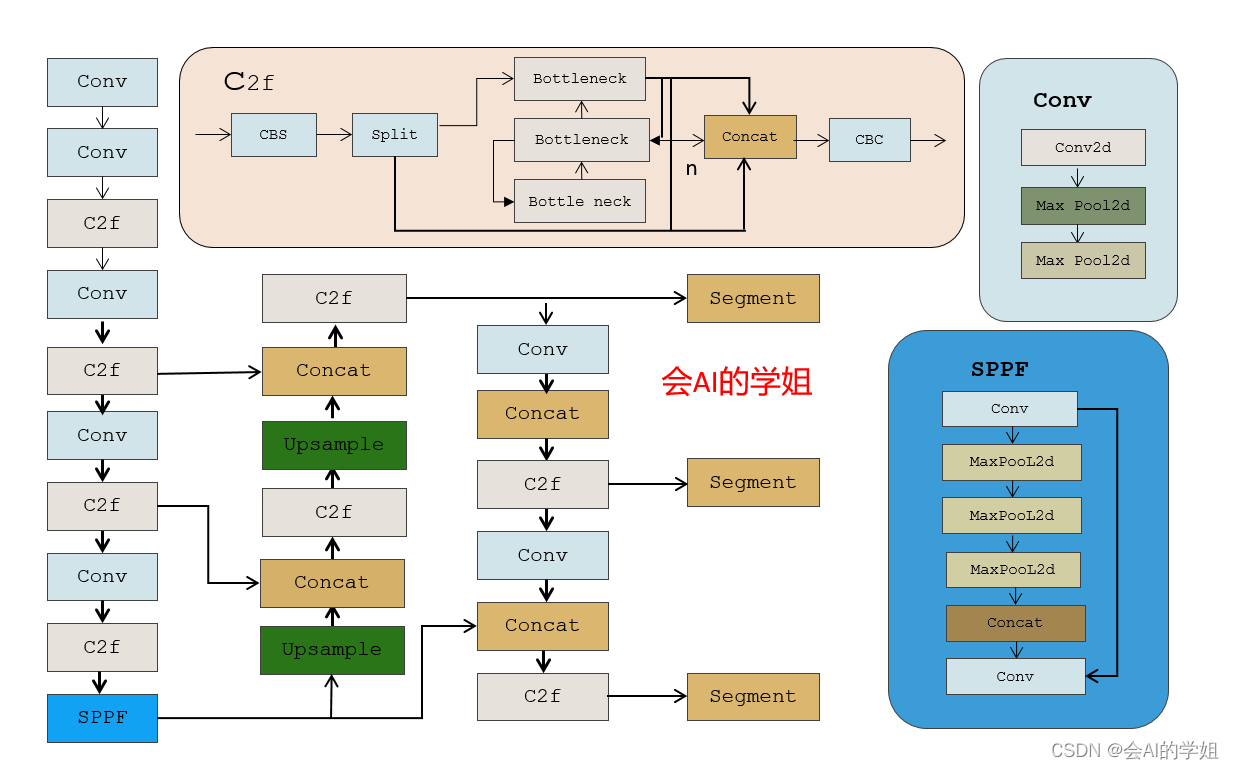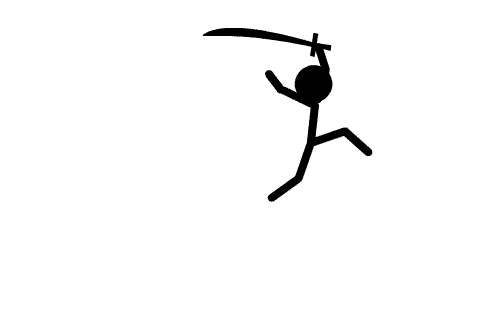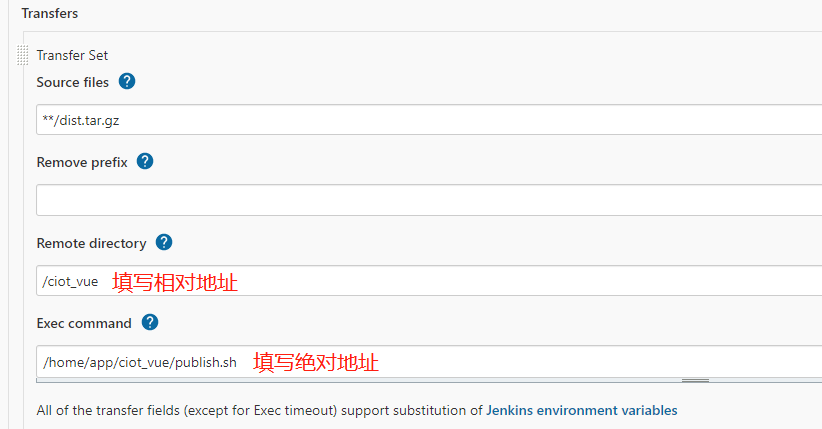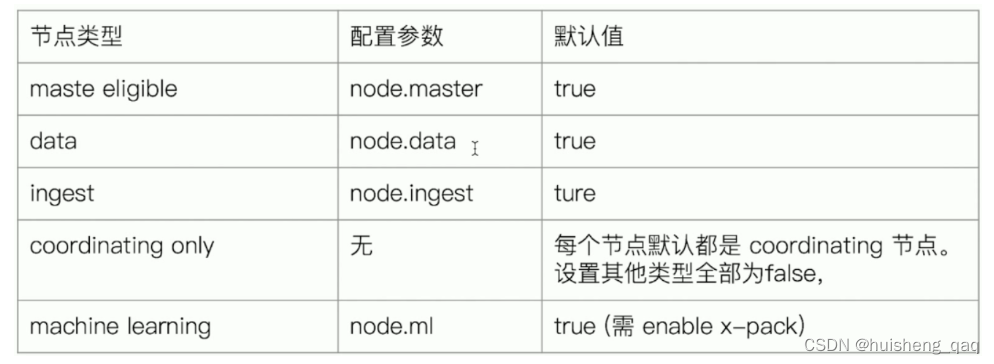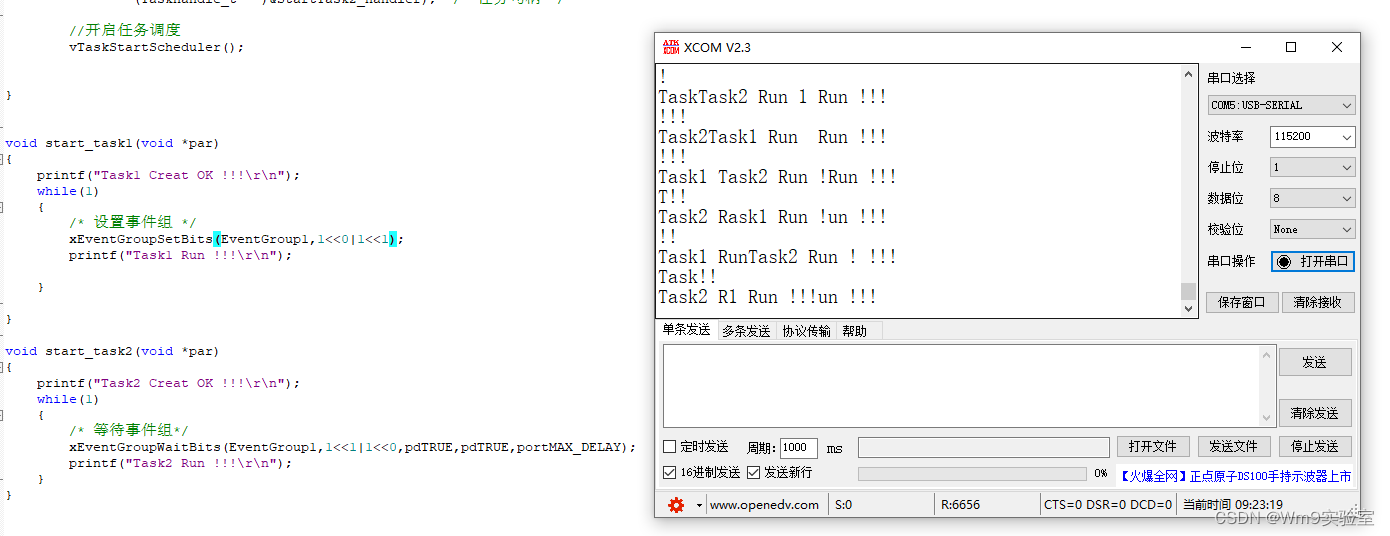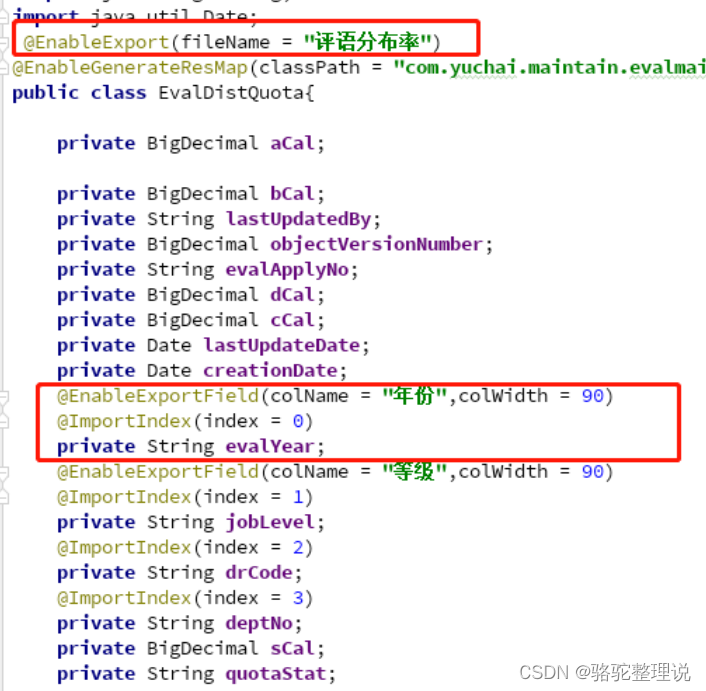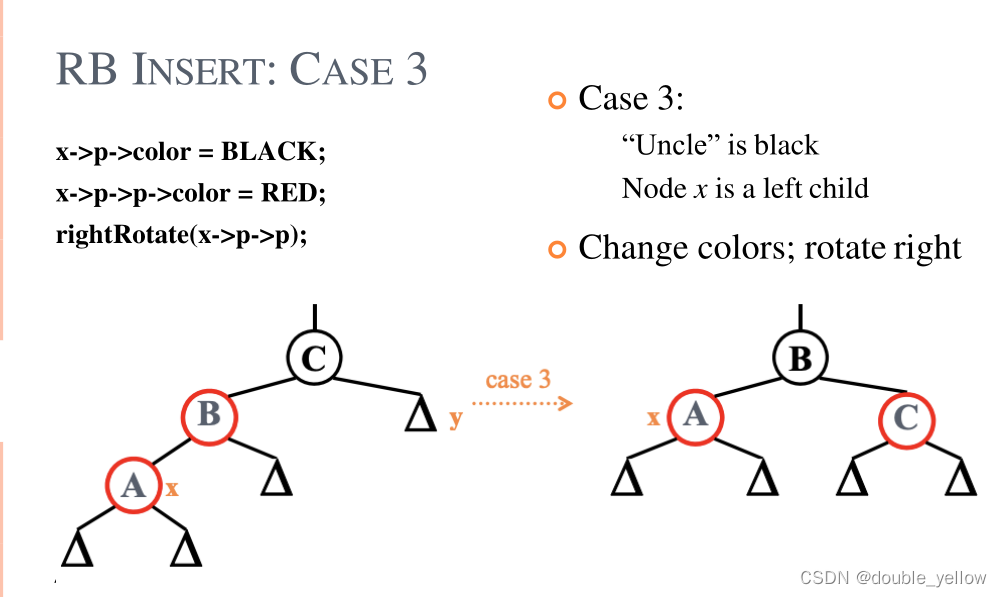【LetMeFly】2258.逃离火灾
力扣题目链接:https://leetcode.cn/problems/escape-the-spreading-fire/
给你一个下标从 0 开始大小为 m x n 的二维整数数组 grid ,它表示一个网格图。每个格子为下面 3 个值之一:
0表示草地。1表示着火的格子。2表示一座墙,你跟火都不能通过这个格子。
一开始你在最左上角的格子 (0, 0) ,你想要到达最右下角的安全屋格子 (m - 1, n - 1) 。每一分钟,你可以移动到 相邻 的草地格子。每次你移动 之后 ,着火的格子会扩散到所有不是墙的 相邻 格子。
请你返回你在初始位置可以停留的 最多 分钟数,且停留完这段时间后你还能安全到达安全屋。如果无法实现,请你返回 -1 。如果不管你在初始位置停留多久,你 总是 能到达安全屋,请你返回 109 。
注意,如果你到达安全屋后,火马上到了安全屋,这视为你能够安全到达安全屋。
如果两个格子有共同边,那么它们为 相邻 格子。
示例 1:

输入:grid = [[0,2,0,0,0,0,0],[0,0,0,2,2,1,0],[0,2,0,0,1,2,0],[0,0,2,2,2,0,2],[0,0,0,0,0,0,0]] 输出:3 解释:上图展示了你在初始位置停留 3 分钟后的情形。 你仍然可以安全到达安全屋。 停留超过 3 分钟会让你无法安全到达安全屋。
示例 2:

输入:grid = [[0,0,0,0],[0,1,2,0],[0,2,0,0]] 输出:-1 解释:上图展示了你马上开始朝安全屋移动的情形。 火会蔓延到你可以移动的所有格子,所以无法安全到达安全屋。 所以返回 -1 。
示例 3:
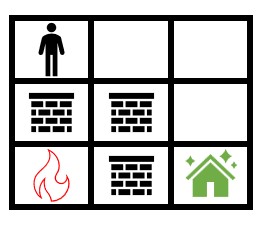
输入:grid = [[0,0,0],[2,2,0],[1,2,0]] 输出:1000000000 解释:上图展示了初始网格图。 注意,由于火被墙围了起来,所以无论如何你都能安全到达安全屋。 所以返回 109 。
提示:
m == grid.lengthn == grid[i].length2 <= m, n <= 3004 <= m * n <= 2 * 104grid[i][j]是0,1或者2。grid[0][0] == grid[m - 1][n - 1] == 0
方法一:二分 + BFS
首先以所有的🔥为起点开始广度优先搜索,这样我们就能得到“火焰燃烧图”(🔥燃烧到某个坐标所需耗时)。
接着可以二分“👱的开局等待时长”。假设开局等待时间为 t t t,那么就从时间 t t t开始对👱能到达的位置进行广度优先搜索。
在对👱的广搜过程中:
- 若搜索到了“安全屋”的位置:若“👱的到达耗时小于等于🔥的到达耗时”,则表示👱能等待时间 t t t后再出发
- 否则(非安全屋位置):若“👱的到达耗时小于🔥的到达耗时”,则表示人能到达该位置
以上,即可。
- 时间复杂度 O ( m n log m n ) O(mn\log mn) O(mnlogmn),其中 s i z e ( g r i d ) = m × n size(grid)=m\times n size(grid)=m×n
- 空间复杂度 O ( m n ) O(mn) O(mn)
AC代码
C++
class Solution {
private:
int m, n;
int direction[4][2] = {{-1, 0}, {1, 0}, {0, 1}, {0, -1}};
vector<vector<int>> fireTime;
void debug(vector<vector<int>>& v) {
for (auto& t : v) {
for (auto& tt : t) {
cout << tt << ' ';
}
cout << endl;
}
}
void bfsFire(vector<vector<int>>& grid) { // 计算火燃烧到每个位置时所需耗时并存入fireTime
vector<vector<int>> graph = grid;
fireTime = vector<vector<int>>(m, vector<int>(n, 1e9));
queue<pair<int, int>> q;
for (int i = 0; i < m; i++) {
for (int j = 0; j < n; j++) {
if (graph[i][j] == 1) {
q.push({i, j});
fireTime[i][j] = 0;
}
}
}
while (q.size()) {
auto [x, y] = q.front();
q.pop();
for (int d = 0; d < 4; d++) {
int tx = x + direction[d][0];
int ty = y + direction[d][1];
if (tx >= 0 && tx < m && ty >= 0 && ty < n && !graph[tx][ty]) {
graph[tx][ty] = 1;
fireTime[tx][ty] = fireTime[x][y] + 1;
q.push({tx, ty});
}
}
}
}
bool check(vector<vector<int>>& grid, int t) { // 其实是bfsPeople
vector<vector<int>> peopleTime(m, vector<int>(n, 0)), graph(grid);
peopleTime[0][0] = t;
queue<pair<int, int>> q;
q.push({0, 0});
graph[0][0] = 2;
while (q.size()) {
auto [x, y] = q.front();
q.pop();
for (int d = 0; d < 4; d++) {
int tx = x + direction[d][0];
int ty = y + direction[d][1];
int toTime = peopleTime[x][y] + 1;
if (tx >= 0 && tx < m && ty >= 0 && ty < n && !graph[tx][ty]) {
graph[tx][ty] = 2;
if (tx == m - 1 && ty == n - 1 && toTime <= fireTime[m - 1][n - 1]) {
return true;
}
if (toTime < fireTime[tx][ty]) {
peopleTime[tx][ty] = toTime;
q.push({tx, ty});
}
}
}
}
return false;
}
public:
int maximumMinutes(vector<vector<int>>& grid) {
m = grid.size(), n = grid[0].size();
bfsFire(grid);
int l = 0, r = n * m;
int ans = -1;
while (l <= r) {
int mid = l + (r - l) / 2;
if (check(grid, mid)) {
ans = mid;
l = mid + 1;
}
else {
r = mid - 1;
}
}
return ans >= n * m ? 1e9 : ans;
}
};
Python
# from typing import List
# from copy import deepcopy
class Solution:
def __init__(self) -> None:
self.direction = [[-1, 0], [1, 0], [0, -1], [0, 1]]
def bfsFire(self, grid: List[List[int]]) -> None:
fireTime = [[int(1e9)] * self.n for _ in range(self.m)]
graph = deepcopy(grid)
q = []
for i in range(self.m):
for j in range(self.n):
if graph[i][j] == 1:
q.append((i, j))
fireTime[i][j] = 0
while q:
x, y = q[0]
q = q[1:]
for dx, dy in self.direction:
tx, ty = x + dx, y + dy
if tx >= 0 and tx < self.m and ty >= 0 and ty < self.n and not graph[tx][ty]:
q.append((tx, ty))
fireTime[tx][ty] = fireTime[x][y] + 1
graph[tx][ty] = 1
self.fireTime = fireTime
def check(self, grid: List[List[int]], t: int) -> bool:
if t == 4:
print(self.fireTime)
peopleTime = [[0] * self.n for _ in range(self.m)]
graph = deepcopy(grid)
q = []
q.append((0, 0))
graph[0][0] = 2
peopleTime[0][0] = t
while q:
x, y = q[0]
q = q[1:]
thisTime = peopleTime[x][y] + 1
for dx, dy in self.direction:
tx, ty = x + dx, y + dy
if tx >= 0 and tx < self.m and ty >= 0 and ty < self.n and not graph[tx][ty]:
graph[tx][ty] = 2
if tx == self.m - 1 and ty == self.n - 1 and thisTime <= self.fireTime[-1][-1]:
return True
if thisTime < self.fireTime[tx][ty]:
peopleTime[tx][ty] = thisTime
q.append((tx, ty))
return False
def maximumMinutes(self, grid: List[List[int]]) -> int:
self.m, self.n = len(grid), len(grid[0])
self.bfsFire(grid)
l, r = 0, self.m * self.n
ans = -1
while l <= r:
mid = (l + r) // 2
if self.check(grid, mid):
ans = mid
l = mid + 1
else:
r = mid - 1
return int(1e9) if ans >= self.m * self.n else ans
if __name__ == '__main__':
print(Solution().maximumMinutes(
[[0,2,0,0,0,0,0],
[0,0,0,2,2,1,0],
[0,2,0,0,1,2,0],
[0,0,2,2,2,0,2],
[0,0,0,0,0,0,0]])
)
"""
[[6, ∞, 4, 3, 2, 1, 2],
[5, 4, 3, ∞, ∞, 0, 1],
[6, ∞, 2, 1, 0, ∞, 2],
[7, 8, ∞, ∞, ∞, 14, ∞],
[8, 9, 10, 11, 12, 13, 14]]
"""
方法二:数次BFS(无代码,可忽略)
其实这道题特殊的一点只有“安全屋”,只有安全屋这里🔥和👱可以同时到达。其他位置都必须保证👱比🔥严格地优先到达。
怎么到安全屋呢?要么从安全屋的左边,要么从安全屋的上面。因此先BFS一下得到🔥的“燃烧耗时图”,再按从 0 0 0时刻出发BFS👱。
最后判断一下安全屋及其左上两个位置👱🔥的到达时间,即可推断出👱在起点最多待多久。
因 2 15 > 2 × 1 0 4 2^{15}>2\times10^4 215>2×104,故方法一中也不会二分太多次。
同步发文于CSDN,原创不易,转载经作者同意后请附上原文链接哦~
Tisfy:https://letmefly.blog.csdn.net/article/details/134331955

